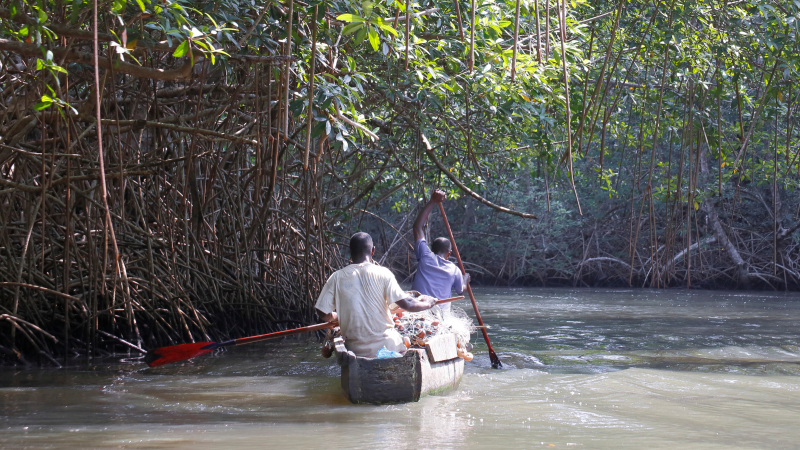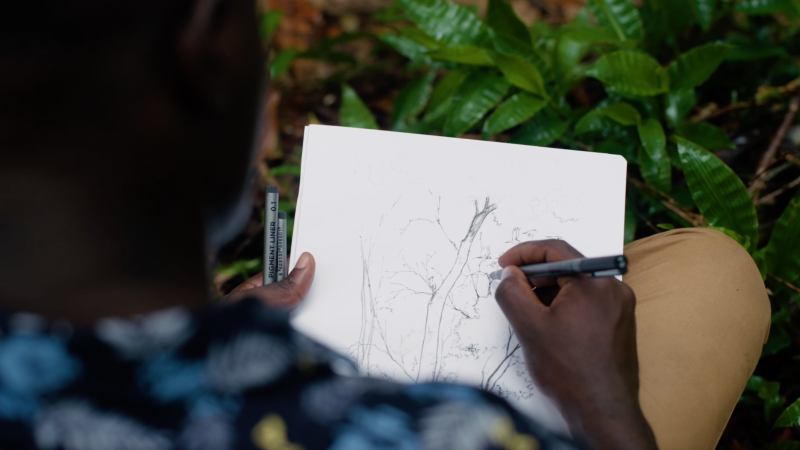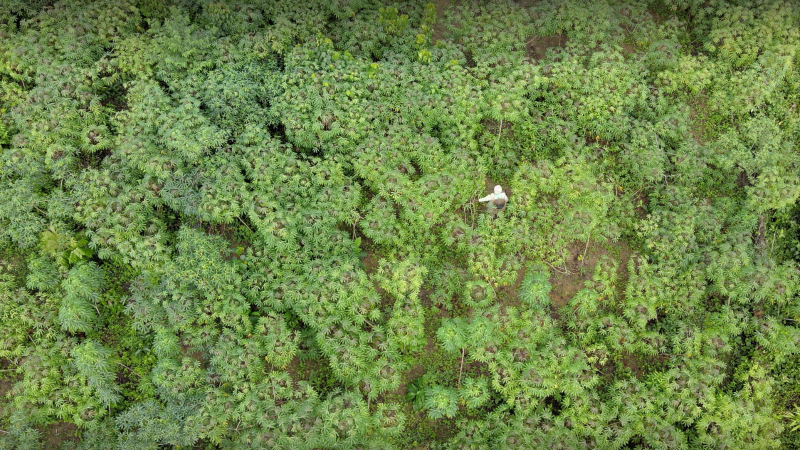Forests are vital for the health of our planet and the well-being of all living beings. They absorb carbon dioxide and release oxygen, regulate the climate, and provide habitat for countless species. Unfortunately, deforestation is a significant contributor to climate change, loss of biodiversity, and soil erosion. If you want to make a difference and help protect forests, there are many practical steps you can take. In this blog post, we'll provide you with ways on how to get involved in forest protection efforts, from reducing your carbon footprint to supporting organisations and initiatives working towards preserving these invaluable natural resources.

Get involved locally
One of the easiest ways to help protect forests is to plant native trees and plants in your area. Native species are adapted to local conditions, and they provide habitat and food for local wildlife. You can plant trees in your backyard or join community tree-planting events. Before planting, research which native species are best suited for your area and consult with local experts if needed. Join local community groups that focus on conservation efforts. These groups can provide opportunities to learn about forest ecosystems, network with like-minded individuals, and get involved in local projects. You can find community groups through online searches, social media, or by contacting local conservation organisations.

Advocate for forest conservation
Advocating for forest conservation can be a meaningful way to make a difference, even if you're not able to get directly involved in conservation work. Staying informed is essential. By keeping up to date with the latest news, research, and policies related to forest conservation, you can educate yourself and others on the issues at hand. This can be as simple as subscribing to newsletters, following conservation organisations on social media, or attending public meetings. You can raise awareness about forest conservation by talking to friends, family, and colleagues about the importance of protecting forests. Another powerful way to advocate for forest conservation is to create art or media that showcases the beauty and importance of forests, and inspires others to take action for their conservation. Art and media can capture the emotions and values that people have for forests, and communicate them in a way that words alone cannot. Whether it is a painting, a photograph, a video, a podcast, or a poem, art and media can tell stories about forests that resonate with diverse audiences and motivate them to care and act. See how Bright Toh, a visual artist from Cameroon, is using art to advocate for conservation. By joining your voice with others, you can send a message that protecting forests is a priority.

Learn about forests
Forests are complex ecosystems with a wide variety of wildlife and plants, and there's always something new to learn. You can do this by exploring your local forests or national parks. By taking a hike, going on a guided tour, or simply spending time observing the environment, you can learn about the different plant and animal species that inhabit the forest, as well as the ecological processes that sustain the ecosystem. Take advantage of online resources. There are many websites, blogs, and social media accounts dedicated to forest conservation and education. These resources can provide information on forest ecosystems, conservation initiatives, and policy issues related to forest management. You can read books and watch documentaries about forests. Watch WildAid’s mini-documentary on cutting carbon emissions and protecting Gabon's biodiversity. There are many resources available that cover a wide range of topics related to forest conservation, from the scientific to the cultural. By delving into these materials, you can gain a deeper understanding of the importance of forests and the challenges they face.

Reduce your carbon footprint
Reducing your carbon footprint is one of the most effective ways to help protect forests. You can do this at home by reducing your energy consumption. This can involve using energy-efficient appliances, or turning off lights and electronics when not in use. By reducing your energy consumption, you can decrease your carbon footprint and help against climate change, which is a major threat to forest ecosystems. You can also reduce your transportation emissions by using public transportation, carpooling, biking, or walking instead of driving alone. Transportation is a significant source of greenhouse gas emissions, and reducing your dependence on fossil fuels can make a significant impact on your carbon footprint. You can reduce your waste production. This can involve recycling, composting, and reducing your use of single-use plastics. By reducing waste, you can lower your carbon footprint and help protect forest ecosystems, which are often impacted by waste pollution.
There is also at least one way that you can both lower your carbon emissions and directly reduce deforestation: eating less meat. Animal agriculture is responsible for approximately 15% of global carbon emissions and up to 80% of Amazon deforestation, with beef being the biggest culprit. By lowering your red meat consumption individuals have the power to help conserve forests and climate stability. A recent report from Nature estimates that replacing just 20% of global beef consumption with plant-based proteins could cut deforestation in half.
We all have a role to play in protecting forests, whether it is by conserving, restoring, or advocating for them. Forest conservation is not only a duty, but also an opportunity to connect with nature and each other. If you are inspired to protect forests, please share this post with your friends and family, and join us in our mission to advocate for the protection of forests.


